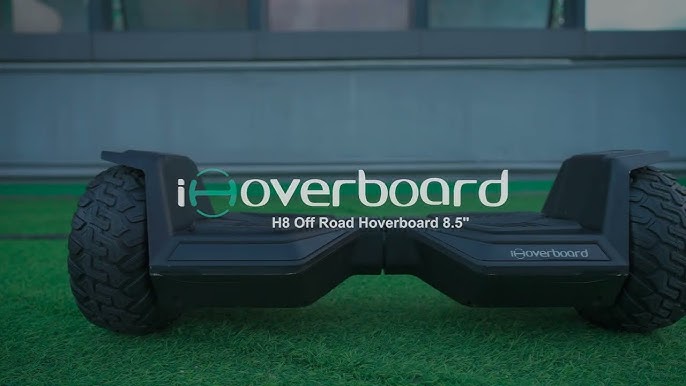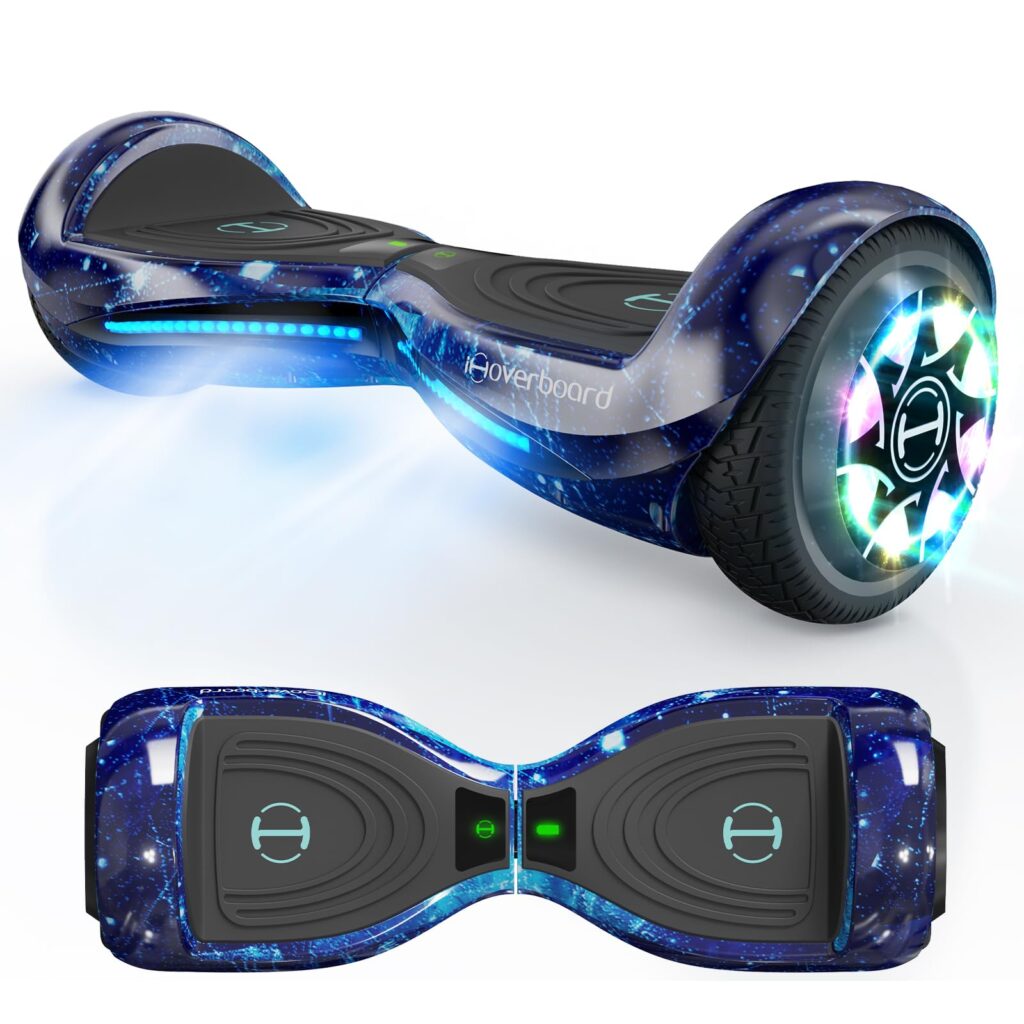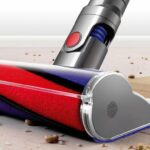In the fast-paced world of personal transportation, innovative and futuristic solutions continue to emerge, reshaping the way we move from one place to another. One such invention that has captured the imagination of tech enthusiasts and urban commuters alike is the iHoverboard. This self-balancing, electrically powered board represents a fascinating leap forward in mobility technology. In this article, we will delve into the world of iHoverboards, exploring their history, functionality, benefits, and their potential impact on the way we navigate our urban landscapes.
The concept of a self-balancing board isn’t entirely new. It can be traced back to the early 21st century when Segway introduced its revolutionary self-balancing personal transporter. However, the modern iHoverboard, as we know it today, owes its roots to the booming popularity of electric scooters and skateboards. With advancements in battery technology, sensors, and electric motors, inventors started experimenting with compact, two-wheeled platforms. The result was a sleek, minimalist device that is now commonly referred to as the iHoverboard.

At the heart of an iHoverboard’s functionality are its sensors, gyroscopes, and control algorithms. These components work together to detect the rider’s movements and adjust the speed and direction of the device accordingly. When a rider leans forward, the iHoverboard moves forward, and when they lean backward, it moves in the opposite direction. To turn left or right, riders simply shift their weight to one side.
Powering the iHoverboard are powerful lithium-ion batteries, which provide the necessary energy to drive electric motors mounted in each wheel. These motors are responsible for propelling the device and maintaining balance by adjusting the speed of each wheel independently. A user-friendly interface, often consisting of footpads, allows riders to control the iHoverboard effortlessly.
- Eco-Friendly Transportation: iHoverboards are powered by electricity, making them an eco-friendly mode of transportation with zero emissions, contributing to reduced pollution and a cleaner environment.
- Compact and Portable: iHoverboards are lightweight and compact, making them easy to carry and store when not in use. They’re an excellent choice for last-mile transportation.
- Convenient Commuting: For short commutes or navigating crowded urban areas, iHoverboards offer a convenient and efficient way to get around without the hassle of parking or relying on public transportation.
- Fun and Stylish: Riding an iHoverboard is not only practical but also enjoyable. The sleek design and ease of use make it an attractive option for people of all ages.
- Low Maintenance: With few moving parts, iHoverboards require minimal maintenance compared to traditional bicycles or scooters.
- Health Benefits: Riding an iHoverboard can improve balance, coordination, and core strength, providing unexpected health benefits for users.

While iHoverboards offer numerous advantages, there are also some challenges and considerations:
- Safety Concerns: Riding an iHoverboard requires a certain level of skill, and users should wear appropriate safety gear, including helmets, to reduce the risk of accidents.
- Regulations: Many cities have regulations governing the use of electric personal transportation devices, including iHoverboards. It’s essential to be aware of local laws and follow them.
- Limited Range: iHoverboards typically have a limited range on a single charge, making them unsuitable for long journeys.
- Price: High-quality iHoverboards can be relatively expensive, although there are budget-friendly options available.
The iHoverboard represents an exciting fusion of technology and personal transportation. With its compact design, ease of use, and eco-friendly nature, it offers a compelling solution for short-distance commuting and leisurely rides. As technology continues to advance, we can expect iHoverboards to become more affordable, efficient, and integrated into our daily lives. While they may not replace traditional modes of transportation entirely, they certainly offer a fun and efficient way to navigate the urban landscapes of the future.



